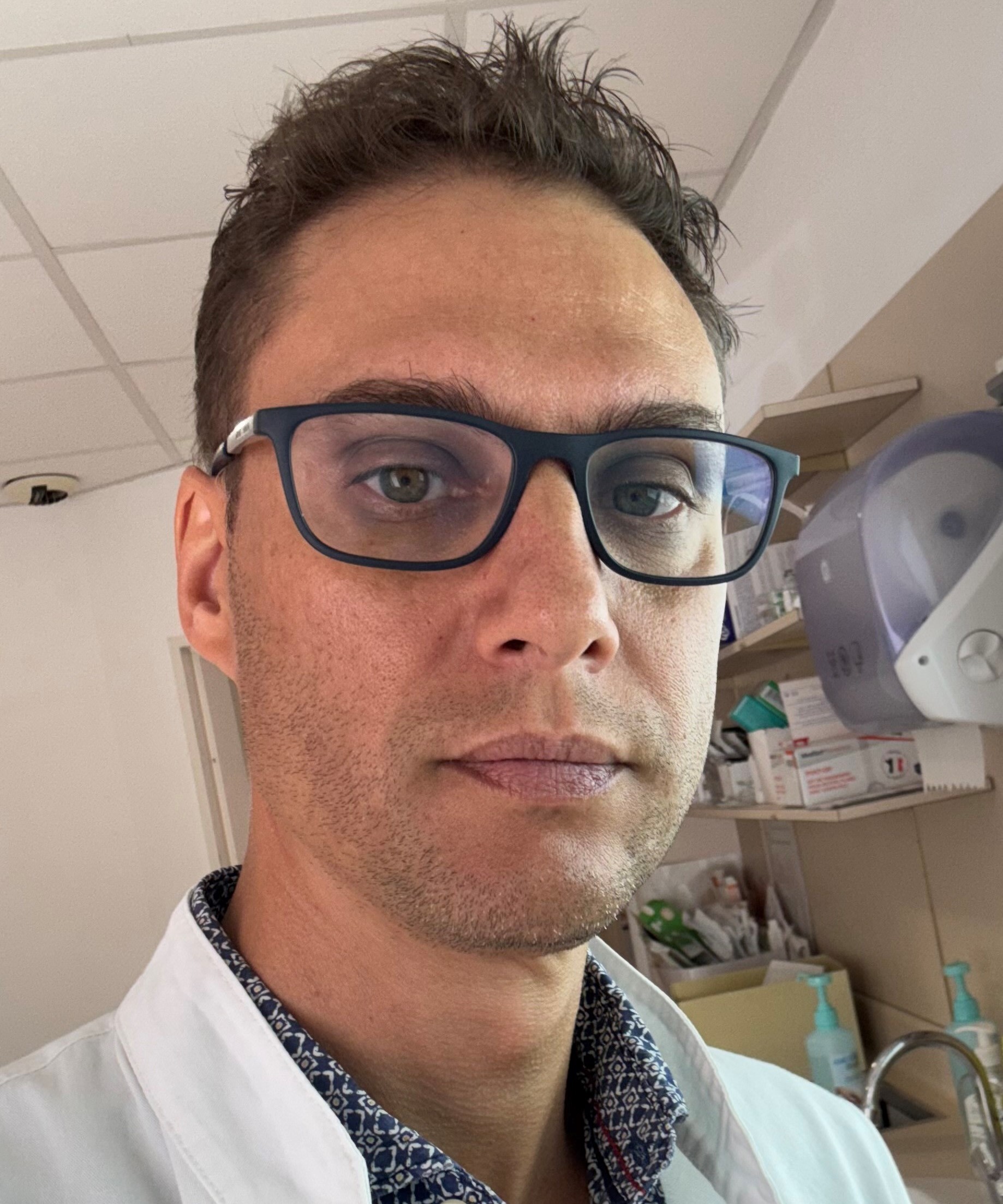What is orthopaedic and traumatology surgery?
Orthopaedic and traumatology surgery concerns the surgical treatment of deformities (orthopaedics) and accidents (traumatology) of the musculoskeletal system, i.e., the skeleton, the muscles and what connects them (tendons and ligaments). Subspecialties exist based on the joints to be treated, notably, the hip, knee, shoulder and upper limb, hand and foot, and spine.

What does an orthopaedic and traumatology surgeon do ?
Before the operation, the orthopaedic and traumatology surgeon will cooperate with other specialists including sports physicians, physical re-education specialists and paediatricians or geriatricians at either end of the age scale. Like all surgeons, they will make a meticulous preoperative assessment to determine the gestures, techniques and – in conjunction with the anaesthetist – the type of anaesthetic to be used. In theatre, a multitude of constantly evolving techniques are available for a growing number of operations (hip or knee prosthesis, carpal tunnel operation, arthroscopy, etc.) that today enable the surgeon to reduce the:
- Size of the incision (minimally invasive surgery)
- Operation-related risks (pain, infection, etc.)
- Length of time the patient has to spend in hospital, etc.
However, other operations may require a more traditional approach, particularly for delicate procedures such as those involving the spine (sciatic).
When to see an orthopaedic and traumatology surgeon
Except in an emergency, consultation with an orthopaedic and traumatology surgeon is at the request of the patient’s GP or another specialist. The patient should be referred in the case of very disabling joint pain, limited use of a joint, an injury that risks getting worse (malreduced fracture, risk of spontaneous fracture) or a painful bone deformity.




















